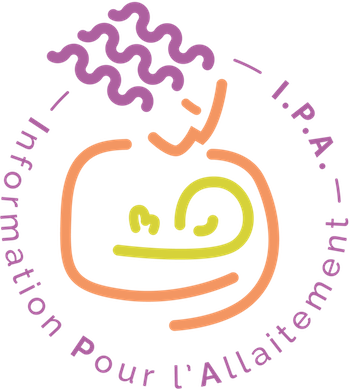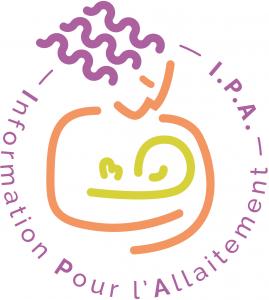Catégories
 > Physiologie > Physiologie de l'appareil reproducteur et urinaire > Reproduction > Post-partum > Physiologie > Physiologie de l'appareil reproducteur et urinaire > Reproduction > Post-partum
Post-partum |
Documents disponibles dans cette catégorie (182)
Ajouter le résultat dans votre panier Faire une suggestion Affiner la recherche
Article : texte imprimé
"Purpose : To provide guidance in the first hours/days of life to: -Differentiate transitional neonatal hypoglycemia from persistent pathologic hypoglycemia -Prevent clinically significant hypoglycemia in newborn infants -Appropriately monit[...]Article : texte imprimé
Pamela Berens, Auteur ; Miriam Labbok, Auteur ; Academy of Breastfeeding Medicine, Auteur |The purpose of this protocol is to outline considerations in assisting breastfeeding families to achieve optimal birth spacing by selecting a contraceptive method that is effective, unlikely to disrupt lactation, and satisfactory for the mother [...]Article : texte imprimé
Natasha K. Sriraman, Auteur ; Kathryn Melvin, Auteur ; Samantha Maltzer-Brody, Auteur |Postpartum depression (PPD) (sometimes referred to as pregnancy-related mood disorder) is one of the most common and serious postpartum conditions, affecting 10–20% of mothers within the first year of childbirth. Studies have found that up to 50[...]Article : texte imprimé
Stephen Stopenski, Auteur ; Anum Aslam, Auteur ; Xinmin Zhang, Auteur |Objective: To report breastfeeding complaints of women diagnosed with cancer during pregnancy and correlate success with characteristics of their treatment. Materials and Methods: This is a prospective cohort study of women diagnosed with can[...]Article : texte imprimé
texte imprimé
"Pour comprendre le propos de ce livre, il faut bien distinguer la forme d'allaitement dit allaitement culturel, qui n'a quasiment aucun effet sur la fertilité postpartum de la mère, de la forme d’allaitement dit allaitement écologique, qui a un[...]Article : texte imprimé
Lea Pounds, Auteur ; Valerie Shostrom, Auteur |Background: Benefits of breastfeeding are well established. What is more, breastfeeding is associated with lower healthcare costs. More U.S. hospitals are adopting the World Health Organization's Ten Steps to Successful Breastfeeding; however, m[...]Article : texte imprimé
Aza Sherin Mohamad Yusuff, Auteur ; Li Tang, Auteur ; Colin W. Binns, Auteur |Introduction: Globally many women suffer from depression during pregnancy. This study investigated the impact of antenatal depressive symptoms on the duration of breastfeeding up to 6 months among women in Sabah, Malaysia. Subjects and Method[...]Article : texte imprimé
"Depression is common in the postpartum period, with an estimated prevalence of 10–15% of mothers in the United States and even higher in some other countries.1 Drug therapy is not necessarily the first choice for treatment, but it is often used[...]Article : texte imprimé
Sanjay K. Agarwal, Auteur ; Julie Kim, Auteur ; Lisa M. Korst, Auteur |Objective: This study determined the impact of breastfeeding on hypoestrogenic symptoms among women in the postpartum period and correlated these findings with the Estrogen Threshold Hypothesis, which postulates that the hypoestrogenic symptoms [...]Article : texte imprimé
Feng Zhang, Auteur ; Haiou Xia, Auteur ; Meiyun Shen, Auteur |Background: Suction pressure has been reported to be a key driving force of lactation. An infant's sucking at its mother's breasts is the major stimulus to post-natal prolactin (PRL) secretion, and PRL is the essential hormone for lactation and [...]Article : texte imprimé
Zelalem T. Haile, Auteur ; Bhakti Bhaoo Chavan, Auteur ; Asli K. Teweldeberhan, Auteur |Background: In the United States, a high percentage of pregnant women gain weight outside of the current Institute of Medicine's (IOM) gestational weight gain (GWG) recommendations. There is limited research examining the relationship between GW[...]















